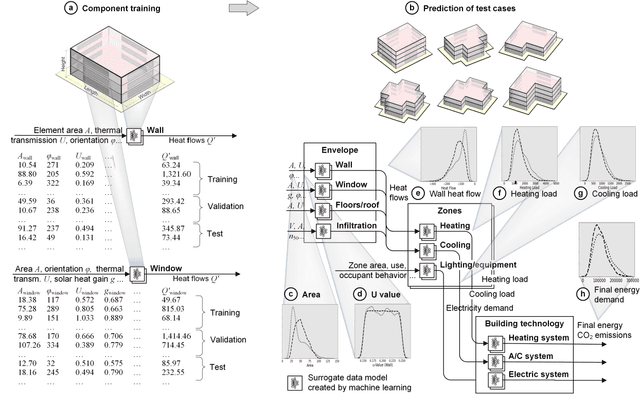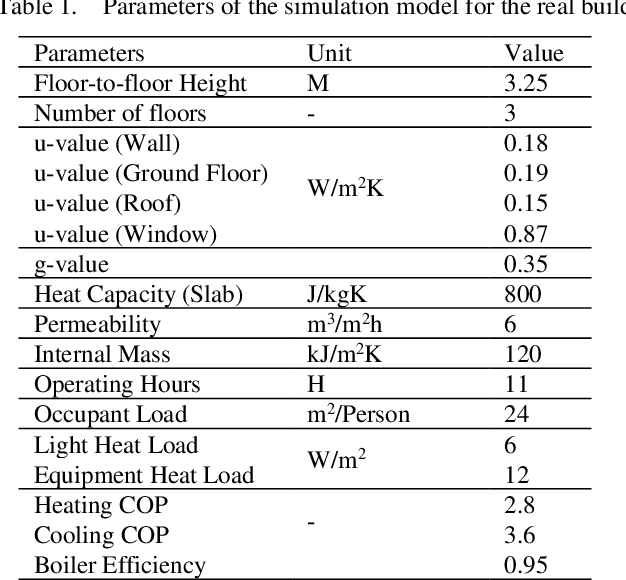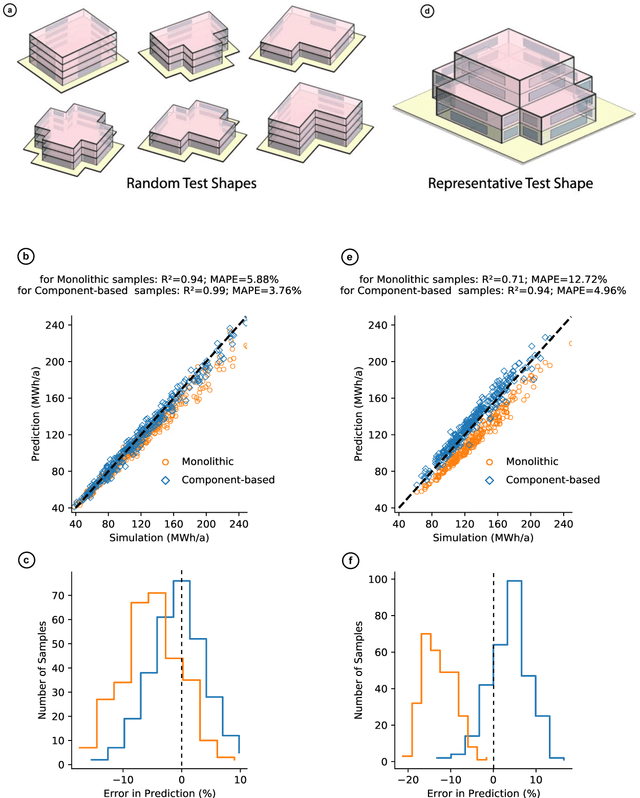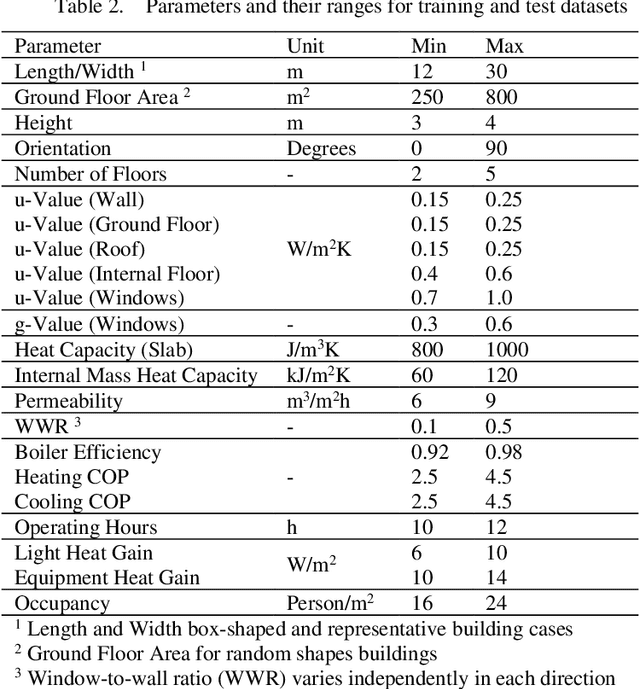Philipp Geyer
Using causal inference to avoid fallouts in data-driven parametric analysis: a case study in the architecture, engineering, and construction industry
Sep 11, 2023Abstract:The decision-making process in real-world implementations has been affected by a growing reliance on data-driven models. We investigated the synergetic pattern between the data-driven methods, empirical domain knowledge, and first-principles simulations. We showed the potential risk of biased results when using data-driven models without causal analysis. Using a case study assessing the implication of several design solutions on the energy consumption of a building, we proved the necessity of causal analysis during the data-driven modeling process. We concluded that: (a) Data-driven models' accuracy assessment or domain knowledge screening may not rule out biased and spurious results; (b) Data-driven models' feature selection should involve careful consideration of causal relationships, especially colliders; (c) Causal analysis results can be used as an aid to first-principles simulation design and parameter checking to avoid cognitive biases. We proved the benefits of causal analysis when applied to data-driven models in building engineering.
Pathway toward prior knowledge-integrated machine learning in engineering
Jul 10, 2023Abstract:Despite the digitalization trend and data volume surge, first-principles models (also known as logic-driven, physics-based, rule-based, or knowledge-based models) and data-driven approaches have existed in parallel, mirroring the ongoing AI debate on symbolism versus connectionism. Research for process development to integrate both sides to transfer and utilize domain knowledge in the data-driven process is rare. This study emphasizes efforts and prevailing trends to integrate multidisciplinary domain professions into machine acknowledgeable, data-driven processes in a two-fold organization: examining information uncertainty sources in knowledge representation and exploring knowledge decomposition with a three-tier knowledge-integrated machine learning paradigm. This approach balances holist and reductionist perspectives in the engineering domain.
Explainable AI for engineering design: A unified approach of systems engineering and component-based deep learning
Aug 30, 2021



Abstract:Data-driven models created by machine learning gain in importance in all fields of design and engineering. They have high potential to assists decision-makers in creating novel artefacts with a better performance and sustainability. However, limited generalization and the black-box nature of these models induce limited explainability and reusability. These drawbacks provide significant barriers retarding adoption in engineering design. To overcome this situation, we propose a component-based approach to create partial component models by machine learning (ML). This component-based approach aligns deep learning to systems engineering (SE). By means of the example of energy efficient building design, we first demonstrate generalization of the component-based method by accurately predicting the performance of designs with random structure different from training data. Second, we illustrate explainability by local sampling, sensitivity information and rules derived from low-depth decision trees and by evaluating this information from an engineering design perspective. The key for explainability is that activations at interfaces between the components are interpretable engineering quantities. In this way, the hierarchical component system forms a deep neural network (DNN) that directly integrates information for engineering explainability. The large range of possible configurations in composing components allows the examination of novel unseen design cases with understandable data-driven models. The matching of parameter ranges of components by similar probability distribution produces reusable, well-generalizing, and trustworthy models. The approach adapts the model structure to engineering methods of systems engineering and domain knowledge.
 Add to Chrome
Add to Chrome Add to Firefox
Add to Firefox Add to Edge
Add to Edge